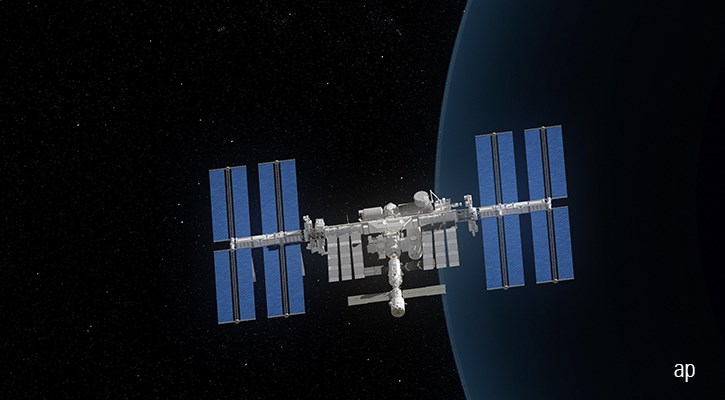
Building an investment portfolio is not an easy task. Whether you're are beginner investor or are a thriving fund manager, picking the right funds takes time and research and, despite that, many times we all get something wrong.
One approach investors can take is to build a core and satellite portfolio. This strategy can help to spread investment risk without overly limiting your returns. “Building the right portfolio is all about striking a balance between growth and risk," says Darius McDermott, managing director at Chelsea Financial Services. "You need your pot of money to grow enough to achieve your financial goals, while also being comfortable with the level of risk you're taking to succeed in that aim."
1. How to Pick a Core Fund
Core funds, as the name suggests, form the heart of your investment portfolio. It is the main building block around which to construct your satellites. Core funds are solid performers, those that deliver regardless of stock market conditions.
They are often low-volatility or passive options that track major market indices, such as the S&P 500, FTSE All-Share or Global Bonds. Choosing a tracker fund as the core of your portfolio is a great way to keep costs down.
But investors may also select an actively-managed fund for their core. McDermott, for example, likes Bronze-rated Liontrust Special Situations, Bronze-rated Rathbone Income and Evenlode Global Income. Morningstar associate Bhavik Parekh, meanwhile, likes the Bronze-rated Ninety One UK Alpha.
McDermott says: “These are funds with a respectable growth target, a proven track record and a straightforward mandate to find quality companies that consistently create value for shareholders."
A core fund may have a global mandate, to provide diversification, says Mark Preskett, portolio manager at Morningstar Investment Management (MIM), or may have a so-called "home bias", focusing on the market where you live. He adds: "The key is that they outperform the market, while keeping their tracking error low.”
2. How to Choose Satellite Funds
Satellite funds are the additional positions you can use to build on your core and help to strengthen your returns. These may be more volatile options, perhaps in riskier or niche areas.
“They will generally make up a smaller proportion of your portfolio, but can help you take advantage of more exciting or riskier opportunities without putting your entire investment port in too much jeopardy,” explains McDermott.
There are different ways to select satellites funds. Preskett looks for good valuations and reasonable fundamentals and has recently invested in funds focusing on energy, Korean equities and Mexican stocks, for example. He adds: "Small-caps, high-yield investments and emerging markets are all areas which could be satellite investments. It's a good way to get exposure to out of favour markets."
Satellite funds can also be a way to express your own interests or macroeconomic views, whether you believe gold price way climb further, for example, or want to tap into trends such as cybersecurity or the shift to a cashless society.
Examples of satellite funds McDermott likes include the two-star rated Merian Gold & Silver fund, four-star rated Axa Framlington Global Technology, Neutral-rated GSAM India Equity Portfolio and Bronze-rated ASI Latin American Equity. Parekh rates Gold-rated ASI UK Smaller Companies and Bronze-rated TB Amati UK Smaller Companies.
3. Don't Forget Fees
While a core fund holding may stay in your portfolio for many years, a satellite fund may have a shorter shelf life. Preskett says that while it is OK for these investments to be tactical, investors shouldn't try trade too regularly or be tempted to time the market, not least because it adds to your costs.
He says: “Investors are often attracted to the latest ideas and fads, often because they have had a recent bout of strong performance. This may mean you then invest in a volatile market after it has already risen, and that could come back to bite you."
It is important to bear in mind fees, too. Niche funds may often have a more expensive price tag than a plain vanilla option; it's important to consider when choosing your satellites, as the higher the fee, the greater the returns need to be to make an impact.
The key to the core and satellite approach is to find the right balance between risky and less risky options for your own investment needs. "Keep your satellites as satellites, a small portion of your portfolio," says Preskett. "Without the proper research it's easy to get into trouble, but by being sensible this approach can reap rewards."


























